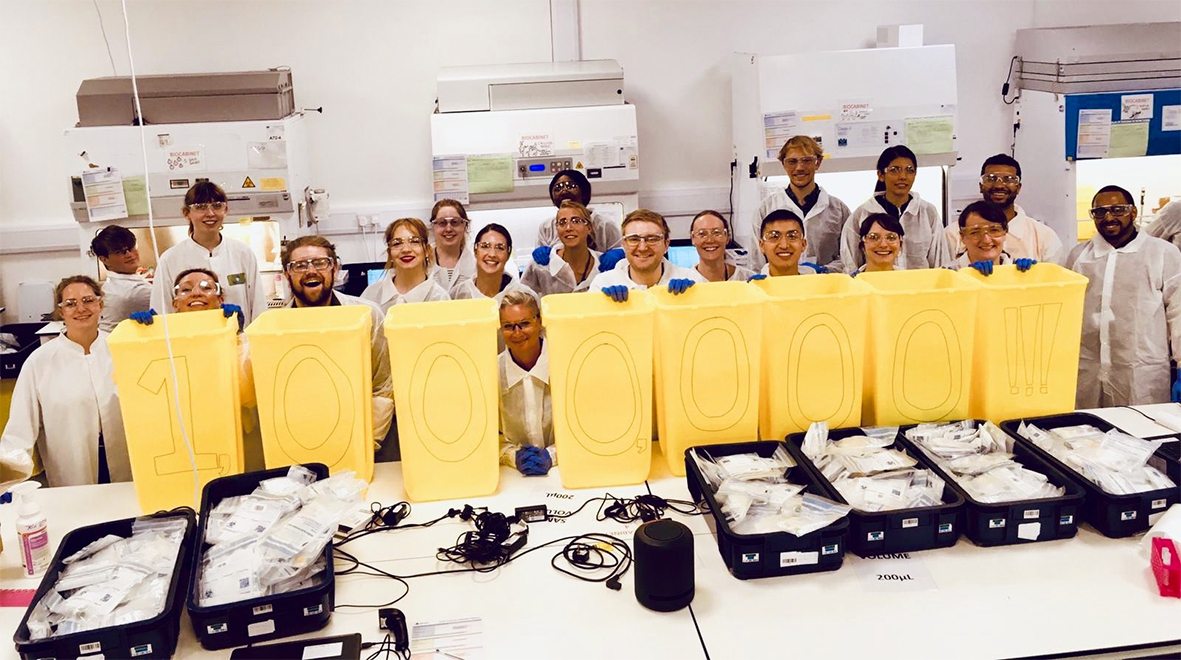
Justine is taking part in Imperial’s COVID-19 vaccine clinical trial – here she shares her experience of receiving the first dose.
It’s a strange feeling that as I write this, the cells in my arm are reading a message that scientists planted there just hours ago.
That message – a strip of genetic code – contains the recipe for making part of the virus that causes COVID-19, SARS-CoV-2. This is the ‘spike’ protein that the virus uses to lock on to cells and invade them. The hope is that by telling my cells to churn out this molecule, my immune system will launch an effective and lasting response that could make me immune to the coronavirus.
That’s the theory, anyway; we won’t know whether this experimental vaccine works until scientists have carried out rigorous clinical studies and gathered enough data to be confident of how safe and effective it is. And today I was part of that clinical research.
I’m one of 120 people who have so far been selected to take part in one of the earliest phases of a clinical trial that’s testing Imperial’s newly-developed coronavirus vaccine. As soon as I spotted that the trial was recruiting participants, I immediately slotted my details into the online form to express my interest in joining, and eagerly awaited a response. (more…)







 For World No Tabaco Day 2017, researchers from Imperial’s Muscle Lab provide an insight into how smoking takes its toll on our lung health.
For World No Tabaco Day 2017, researchers from Imperial’s Muscle Lab provide an insight into how smoking takes its toll on our lung health.